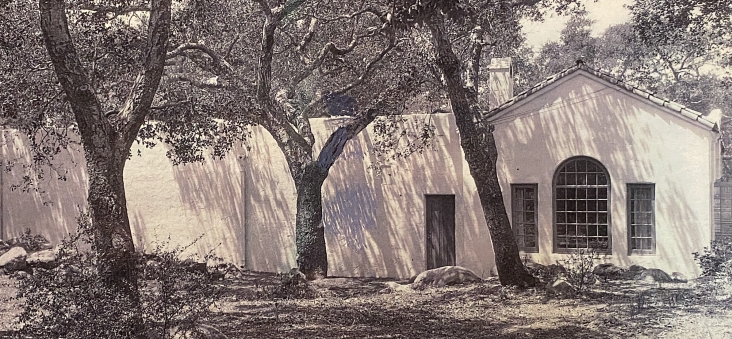By Luke Swetland
How do you build a collection? Slowly, and with patience. The Museum’s research collections are built in many ways, and usually over many years. They start small and grow through the collecting efforts and encouragement by generations of curators, donations from private collectors, from other museums, and the public who bring in something interesting or important. If well cared for and made accessible, they can become significant to our understanding of the natural world we live in.
The Museum’s current Lepidoptera (butterflies and moths) collection started with a few cabinets salvaged from a fire in 1962. Sandy Russell volunteered as a docent in 1999 when she and her husband Paul moved to Santa Barbara. Eric Hochberg, Ph.D., a curator in the Department of Invertebrate Zoology at that time, suggested that she also come work on the long-neglected insect collection. She has been tending the collection and adding specimens ever since. The addition of the Schlinger Chair of Entomology in 2001 has been a game-changer since it signaled a long-term commitment to insects by the Museum. Since that time the collection has grown manyfold through donations from Tom Dimock, Ken Denton, Ed Pfeiler, and others. John Carson donated specimens and a significant bequest.
Read more about our moths and butterflies




















